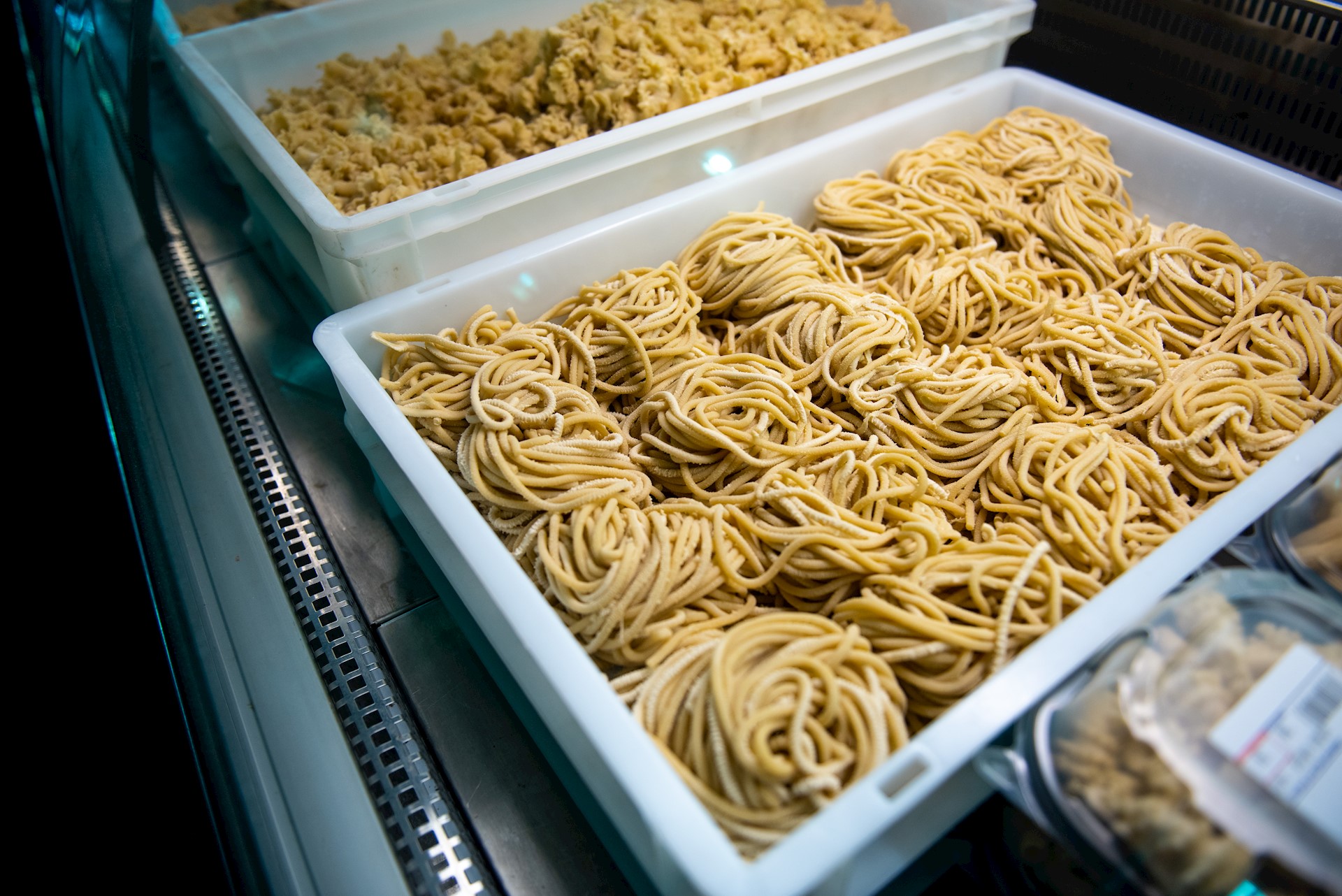
The famous American painter Jasper Johns once said, “Take an object. Do something to it. Do something else to it.”
Watching the finishing touches of a newly installed landscape is very similar: large trees, followed by shrubs, followed by ground covers. Each step is meticulously planned out, including colour, form and texture — just like a painting.
Embedded in landscape designs are staples, focal points and fillers — all elements that are carefully selected through the design process. Included in the recent design at Foster’s Camana Bay is one of the most unique and stunning native Caribbean trees. Five finger, or Tabebuia bahamensis, is gently tucked in the grassy area to the north of Blackbeard’s and is so named because of its palmately compound leaf, resembling a hand.
These charming trees are planted right where they should be — in full sun, with well-draining soil. Native to the Bahamas and Cuba, they are an excellent choice for seaside plantings due to their salt tolerance and drought tolerance from drying winter winds. Five finger may reach heights of 25-30 feet tall and can be extremely fast growing in its younger years if placed in proper soils.
The elegant, soft, white and sometimes lavender/pink flowers emerge in early spring following a short deciduous period. At the end of this short-lived leaf drop, new leaves will emerge followed by the lovely trumpet-shaped flowers that are pollinated by bees and other insects.
Five finger is known to bloom prolifically following heavy rainfall, which is abundant on Grand Cayman during the rainy season between mid-May and mid-November.
Perhaps the most interesting detail of five finger lies in its leaves, which are deep green on the top and a brilliant silver/white on the underside. The five finger tree is stunning to look at, but its usefulness goes beyond its beauty — it is also used in bush medicine as a remedy for various ailments and is being researched as a cancer treatment. Extensive studies show Tabebuia bahamensis has high concentrations of ursolic acid in its crude leaf extract. Ursolic acid is known to have anti-carcinogenic properties, as well as antibiotic properties.
The leaves can also be used in a tea for aches and pains.
It is always important, however, to properly understand these remedies prior to any experimentation.
This article originally appeared in the March 2021 print edition of Camana Bay Times.

About the author
Shannon Schmidt is a horticulture manager at Dart’s Arboretum Services Ltd. Joining Dart in 2012, Shannon previously worked in parks, public gardens and tourism properties, among others. Originally from the Finger Lakes region of New York State, Shannon loves island life, spending time paddleboarding around the canals and mangroves, in the sea, and spending time outdoors with her two energetic Boston Terriers Nollie and Ebbie and her equally energetic partner Chase! Shannon holds a Bachelor of Science in Recreation, Park and Tourism Management from The Pennsylvania State University and a Diploma in Horticulture from the Longwood Gardens Professional School of Horticulture, and loves spending time swinging in a hammock, with her favourite smoothie from Jessie’s Juice Bar and reading material from Books & Books.


